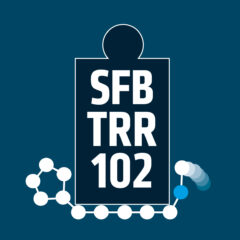Amyloid peptide aggregation near gold interfaces and membranes
The aggregation of peptides into amyloid fibrils, desired or undesired, plays an important role in biological systems. Amyloid-forming peptides are soluble in its native state and aggregate under certain circumstances via intermediates to insoluble fibrils with characteristic cross-β-sheet structure. This aggregation is believed to be connected with several neurodegenerative disorders such as Alzheimer’s disease (AD). However, it is not yet clear if the oligomeric intermediates or the mature fibrils are the toxic species or if amyloid fibrils are just a side product in the development of these diseases.




